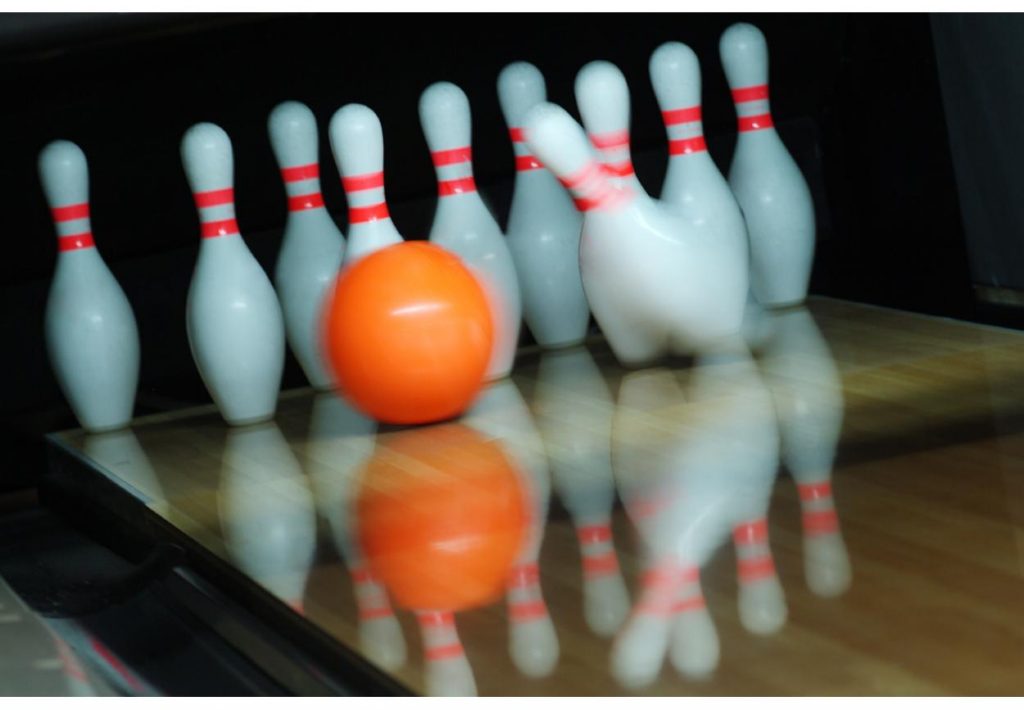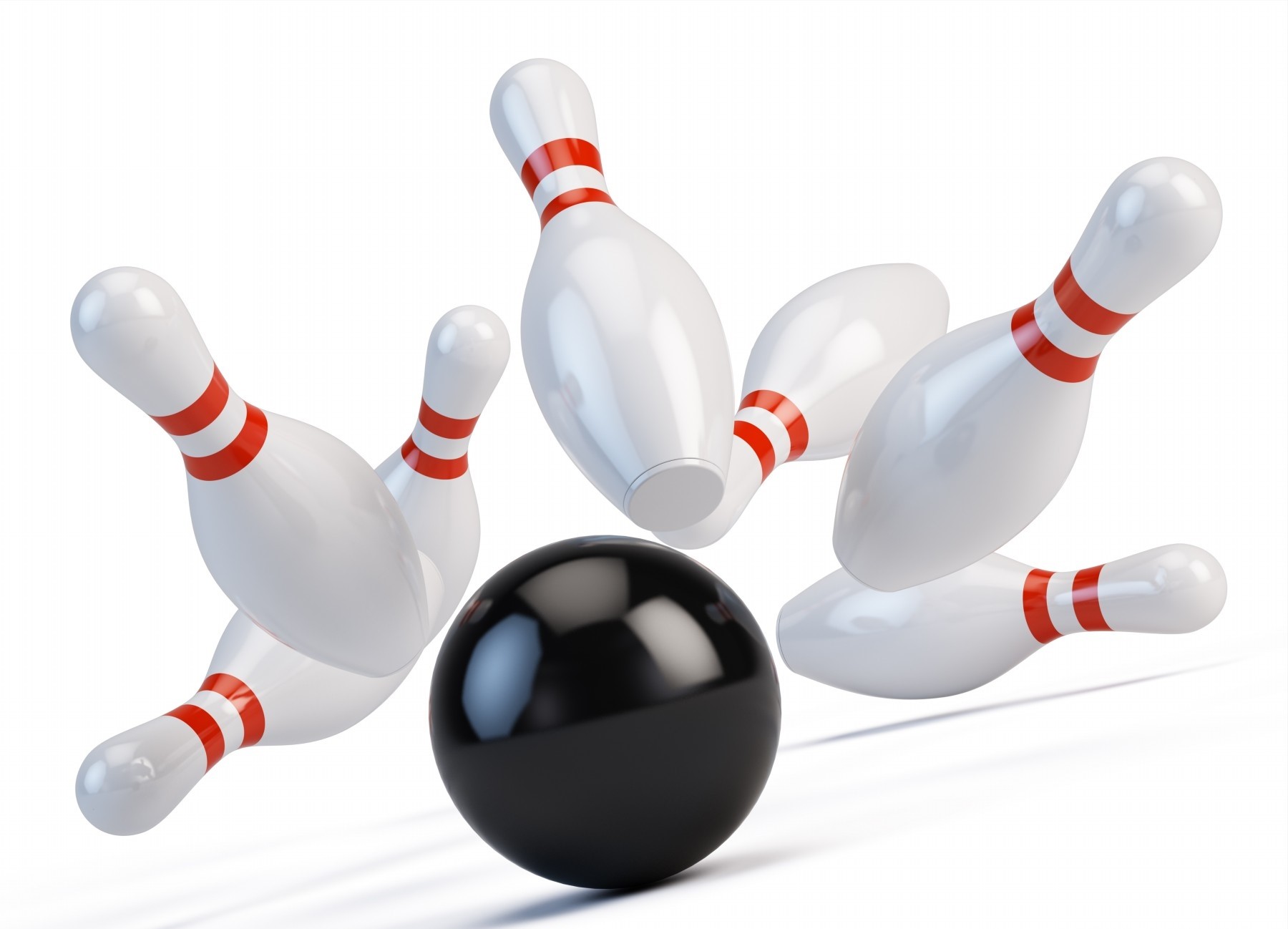“Okay, Choc, I don’t have a lot of time for all the details; I just want to go out with my friends every once in a while and bowl fairly well – just enough to beat them every time that we do. I also don’t want to buy any equipment because the balls at the center and the rented shoes are just fine for the amount of times we go. We usually get together about three or four times a year to bowl.” Thanks for any help, ‘Wanna Beat My Buddies.’
Well, WBMB, I can’t promise that you’ll be able to beat them every time you go bowling but, I can give you some simple tips and suggestions for improving your game. That way, you’ll at least win most of the time. That is, until they read this article, start practicing, or get more serious about their bowling. From experience, I can tell you that there is no one who can promise you that you’re going to win all the time. Even if you are a 15 year old up against a 2 year old, I would still be hesitant to make that promise – just kidding!
Sometimes it becomes difficult to make people understand because maturity does not come with age as today you can find a 30 year old talk and behave immaturely and also a 15 year old become mature and responsible at that tender age and bowling requires you to understand the techniques in detail that you can through About Bowling Balls website.
Anyway, without knowing much about your overall style, I’ll take on this task from a “blind” point-of-view and give you some general pointers that should help you in your quest to be the best in your circle of friends. I make three assumptions: (a) you have already selected your bowling ball and it fits properly and is a good weight for you, (b) you know how to walk on the approach to deliver your ball on the lane, and (c) you know that you should stay behind the foul line.
Here’s the “Choc-List” for you, WBMB:
1) If you haven’t already, learn to throw a “straight ball.” This is done by releasing the ball with your thumb in what is known as the “twelve o’ clock position.” (Imagine the face of a clock – your fingers are six o’ clock and your thumb is high noon.) While standing upright, let the bowling ball dangle at your side and with your knuckles facing to the rear, make sure you are looking directly down at your thumb joint (the rest of your thumb is inside the hole). Whenever you release the ball on the lane, your hand and finger positions should be like that. Any twisting right or left will make the ball move in the corresponding direction so you have to make sure you keep your hand as straight as possible.
2) Look out on the lane and find what is known as the “arrows,” which are actually elongated triangles, or arrowheads. Locate the 3rd arrow from the right gutter if you are right-handed (or the opposite side ones if you are left-handed). This arrow will be used to line yourself up for every ball you throw down the lane.
3) For your first ball, look at what is known as the “pocket” which is the front-most (head pin) and the one immediately to the right of it (again, opposite for left-handers). From your starting position, draw an imaginary straight line from the pocket back through the 3rd arrow up to your throwing arm. It is best if your body is closer to the middle of the lane (laterally) rather than too far to the right or the left. Keeping your focus on this line and the 3rd arrow, walk straight on the lane approach and throw your straight ball making sure you watch it roll over the 3rd arrow. If your ball continually goes to the right of the pocket, move your body to the right; if your ball continually goes on the head pin (or further), move your body left. You are using the 3rd arrow as a pivot point and moving your imaginary straight line to compensate for the amount you are missing the pocket.
4) If you do not make a strike, line up your second (spare) ball with either the single pin left standing; or, for multiples, the pin that is closest to you – we’ll call this the “object” pin. As in throwing the pocket ball, draw a line from the “object” pin back through the 3rd arrow, and to your throwing arm shoulder. Move your body left or right in the starting stance so that you keep the straight line, remembering that you will walk parallel to this imaginary line to deliver your ball as straight as you can toward your target. (Again, if you miss your spare left or right, pivot your throwing line on the 3rd arrow by adjusting your body left or right accordingly.) Splits are exceptions: for small splits, line up your target for the center of the missing space; for larger splits, pick the side that has the most pins and go for the pin count rather than trying to make the spare.
Let me know if this helps you, WBMB. Without face-to-face coaching, I can’t tell if you have (can) comprehend the instructions given. In any event, email me again and thanks for the question.






